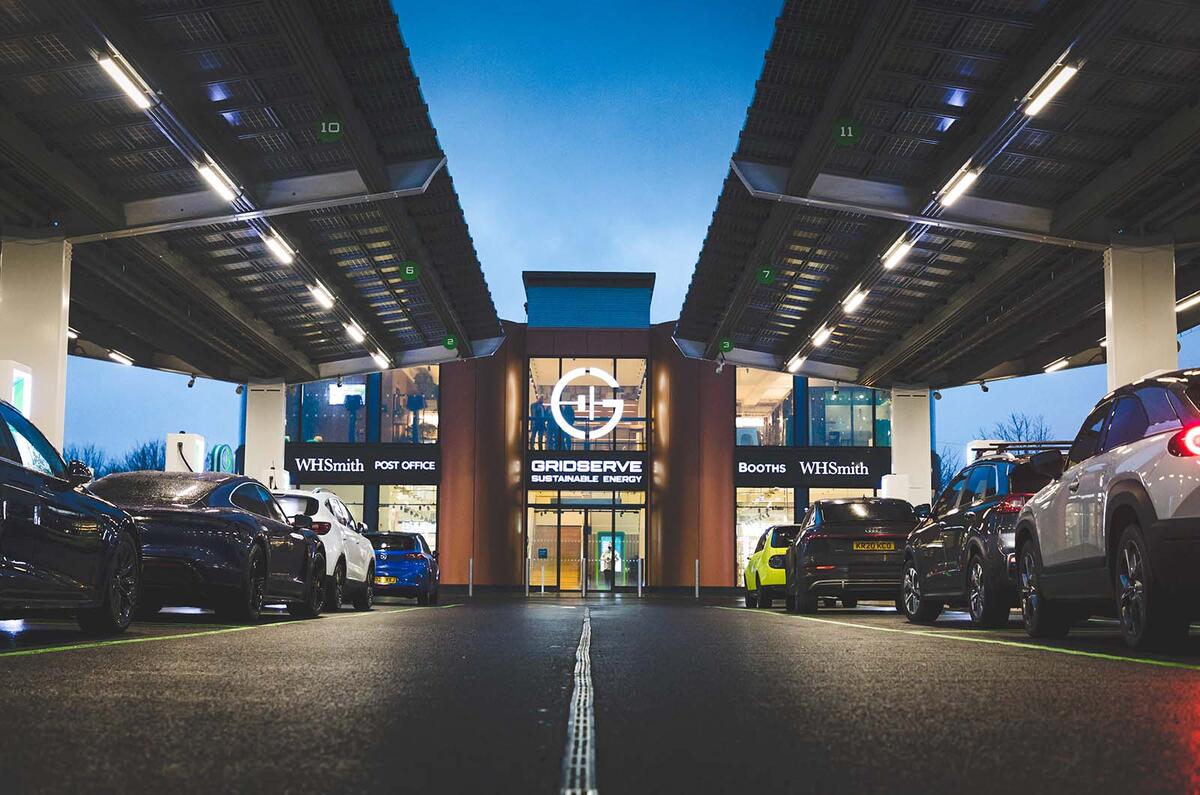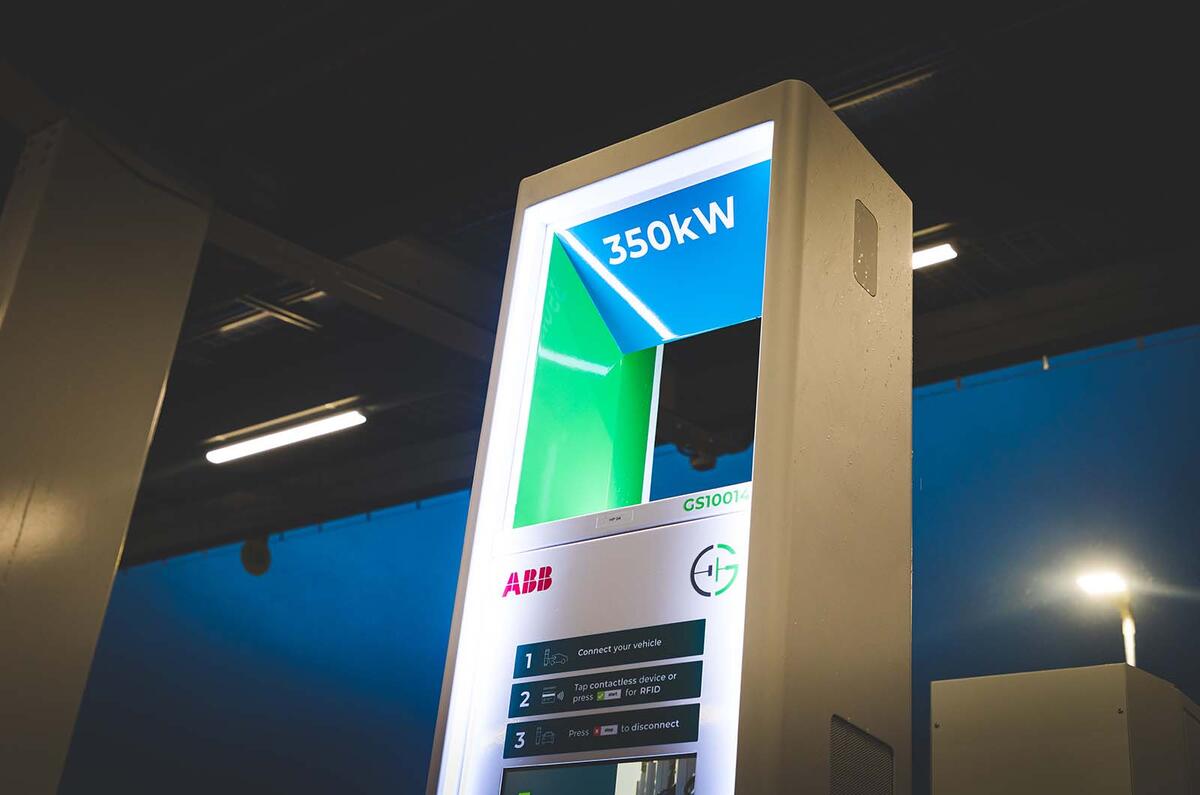In the course of the past 12 months, the automotive industry has successfully moved discussion on from there not being sufficient or sufficiently capable electric vehicles to there not being sufficient or sufficiently capable public chargers.
Be careful what you wish for: now the EV purchasing grant has been pulled and a greater focus is on ensuring the roll-out of more chargers.







Add your comment